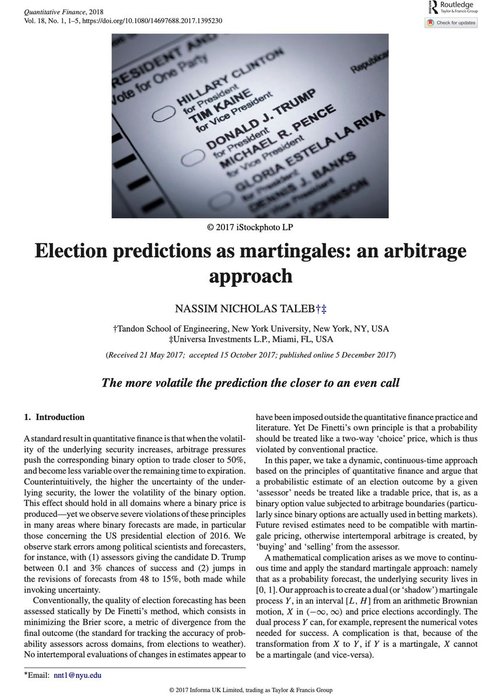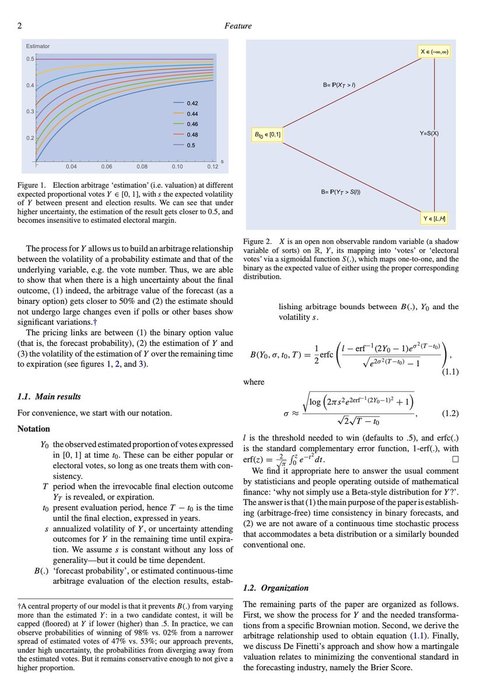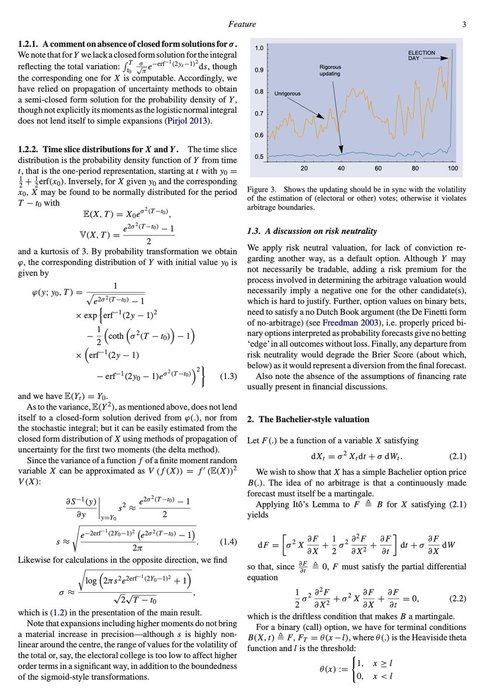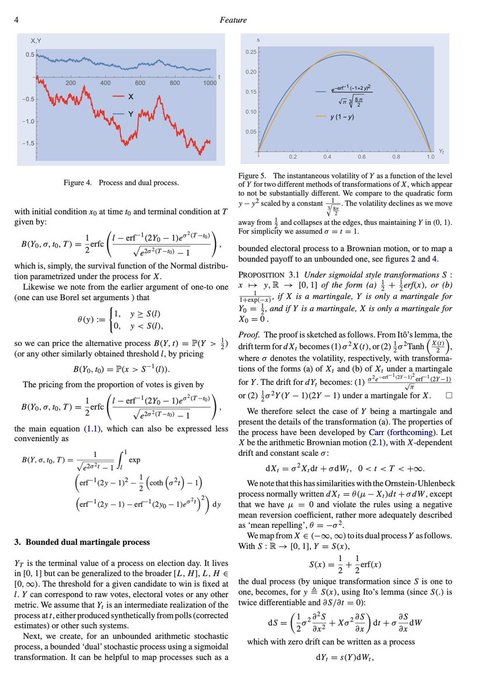Sublime
An inspiration engine for ideas




8 Years later, Clueless Nate (Silver) still clueless about probability. https://t.co/ZNUjSKDJHs
In his 1925 monograph Statistical Methods for Research Workers, Ronald Fisher (the founder of hypothesis testing) outlined concepts such as the statistical significance criterion, the rules for testing statistical hypotheses, analysis of variance, and experiment planning. This work defined our current approach to experiment planning.
Roman Zykov • Roman's Data Science: How to monetize your data
The go-to alternative for non-normal data is nonparametric tests.
Roman Zykov • Roman's Data Science: How to monetize your data
There are a lot of discussions circulating about our problem with 538's and Silver's computation of "probabilities". Most fail to get the point. This is OUR presentation.
https://t.co/Q4qu1BkxR1
Nassim Nicholas Talebx.com
the most important thinker in AI, in my opinion, is this 23 year old. leo aschenbrenner.
he has been more right, both in a testable predictive sense and in a market sense than virtually anyone else.
and most importantly, he's not an AI doomer, he's not an e/acc, but rather a secret third... See more
I am revisiting linear regression, to prepare a small teaching module (semi-advanced) on it. The following page is, I think useful. It unifies many disparate tests of hypothesis (e.g. linear regression, t-stat, ANOVA etc) in a single framework. https://t.co/lMONfnIt91
Gappy (Giuseppe Paleologo)x.comHypotheses typically estimate a given distribution parameter such as the mean or median. This is then used to build a histogram
Roman Zykov • Roman's Data Science: How to monetize your data
Are Blockchains Decentralized? Unintended Centralities in Distributed Ledgers
The report investigates the true decentralization of blockchains, highlighting various forms of centralization, vulnerabilities in consensus protocols, and the implications for security and immutability in networks like Bitcoin and Ethereum.
blog.trailofbits.com